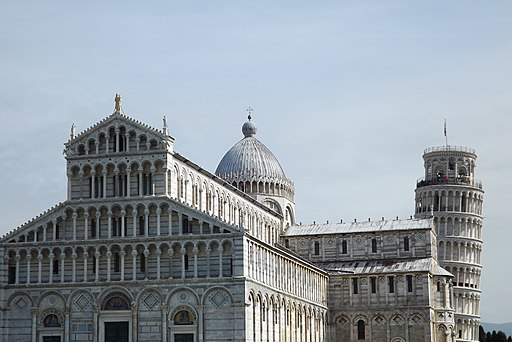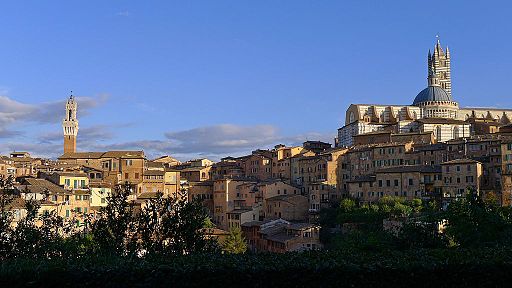The 7 UNESCO World Heritage Sites in Tuscany | Medici Villas and Gardens in Tuscany |
The 7 UNESCO World Heritage Sites in Tuscany are The historic Center of Florence [since 1982], Piazza dei Miracoli in Pisa [since 1987], San Gimignano Historical Center [since 1990], the Historic Centre of Siena [since 1995], Pienza [since 1996], the Val d'Orcia [since 2004] and the Villas and Medici gardens in Tuscany [since 2013].
|
Medici Villas and Gardens in Tuscany [since 2013] |
|
| Outstanding Universal Value Brief synthesis The economic, financial and political fortunes of the Medici were behind extensive patronage that had a decisive effect on the cultural and artistic history of modern Europe. Among the resulting architectural and aesthetic forms, the Medici villas in deep harmony with their gardens and rural environment are among the most original of the Italian Renaissance. The nominated property is a selection of twelve complete villas with their gardens and two additional pleasure gardens spread across the Tuscan countryside and near to Florence. The Medici villa and its gardens embody an ideal of the princely residence in the country where it was possible to live in harmony with nature, and dedicate as much to leisure pastimes as to the arts and knowledge.
Criterion (vi): The villas and gardens, together with the Tuscan landscapes of which they are a part, made an early and decisive contribution to the birth of a new aesthetic and art of living. They are testimony to exceptional cultural and artistic patronage developed by the Medici. They form a series of key locations for the emergence of the ideals and tastes of the Italian Renaissance followed by their diffusion throughout Europe. Integrity Despite some reservations due to the changes made to certain of the sites and their environment, at times affected by changes in use and modern development, the serial nomination forms an ensemble with sufficient integrity to testify in a credible and satisfactory manner to its Outstanding Universal Value. The serial composition has been fully justified. A significant effort to preserve the characteristic landscapes associated with the sites, and still surviving today, has been announced by the State Party. Authenticity The components of the sites testifying to the preservation of the authenticity of the architectural forms, the preservation of decorative styles and materials, the composition of the gardens, usage of the places respectful of the Medici’s achievements and ideals, and the preservation of the main components of the landscapes largely offset the reservations raised during the critical examination of each of the sites that make up the serial property. For those attributes whose authenticity has suffered, many are the subject of a restoration or usage reassignment programme, notably as museums or cultural venues. Management and protection requirements The serial property includes villas and gardens listed as national monuments. They are subject to Italian laws on the protection of historic monuments or as cultural sites of national value. These legislative texts are implemented under the Regional Orientation Plan of the Region of Tuscany, then within each municipality through approved structural plans. In addition to the buffer zones, a series of listed or protected landscape zones has been instituted for all the sites, except two (Nos 9 and 10). An adequate individual management system is in place at each of the sites, together with technical coordination for conservation actions, under the aegis of the Region of Tuscany and the Ministry for Cultural Heritage and Activities. This cooperation for standardised and agreed management was recently extended and formalised in the Memorandum of Understanding, a deed shared by the property’s various partners (Ministry, Region, 4 provinces and 10 municipalities). It has led to the creation of a Steering Committee for the serial property that is scheduled to begin operation starting in fiscal year 2013. It is responsible for monitoring the implementation of the Management Plan, and coordinating the property’s protection, promotion and communication. The Committee will be supported by a Technical Bureau and an Observatory for the property and its conservation. However, their actual implementation needs to be specified. Furthermore, while the conservation of each of the sites is adequately organised, its overall planning should be better highlighted in the Management Plan.[2]
|
||||
|
||||
Other Unesco World Heritage Sites in Tuscany
|
||||
 |
 |
 |
||
The historic Center of Florence
|
Piazza del Duomo, Pisa | San Gimignano
|
||
 |
 |
 |
||
The historic Center of Pienza
|
The Val d'Orcia | Historical center of Siena | ||
|
||||
| Podere Santa Pia, casa vacanze in Tuscany |
|
|||


